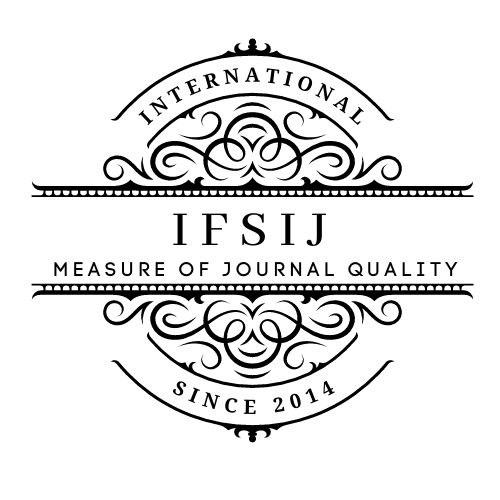LATENT HEARING LOSS: A REVIEW OF THE LITERATURE
Keywords:
Hearing loss, conduction hearing loss, sensorineural hearing loss.Abstract
Hearing loss affects approximately 18% of the world's population. One possible cause of latent hearing loss is coclear synapopathy — the loss of synapses between the inner hair cells and the fibers of the auditory nerve. These synapses are the most vulnerable structures in the cochlea of the ear when exposed to noise or aging. The loss of synapses causes auditory deafferentation, that is, the loss of auditory afferent information, which in turn leads to the loss of information that is transmitted to higher levels of auditory processing. Understanding the physiological and perceptual effects of this early auditory deafferentation could inform the development of interventions aimed at preventing more severe hearing loss in the future. Over the past decade, a large number of studies have been conducted to better understand latent hearing loss, including the causes of latent hearing loss, their impact on the auditory pathway, and the use of auditory physiology for the clinical diagnosis of auditory deafferentation. This review synthesizes the results of human and animal studies to answer some of the key questions in the field, and also points to gaps in knowledge that require further research. In particular, recent studies suggest that some electrophysiological indicators have the potential to be indicators of latent hearing loss in humans, but more research is needed to make these indicators part of a clinical trial.
Downloads
Published
Issue
Section
License

This work is licensed under a Creative Commons Attribution-NonCommercial-NoDerivatives 4.0 International License.















